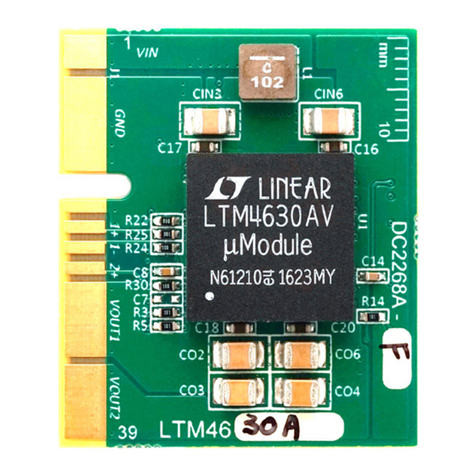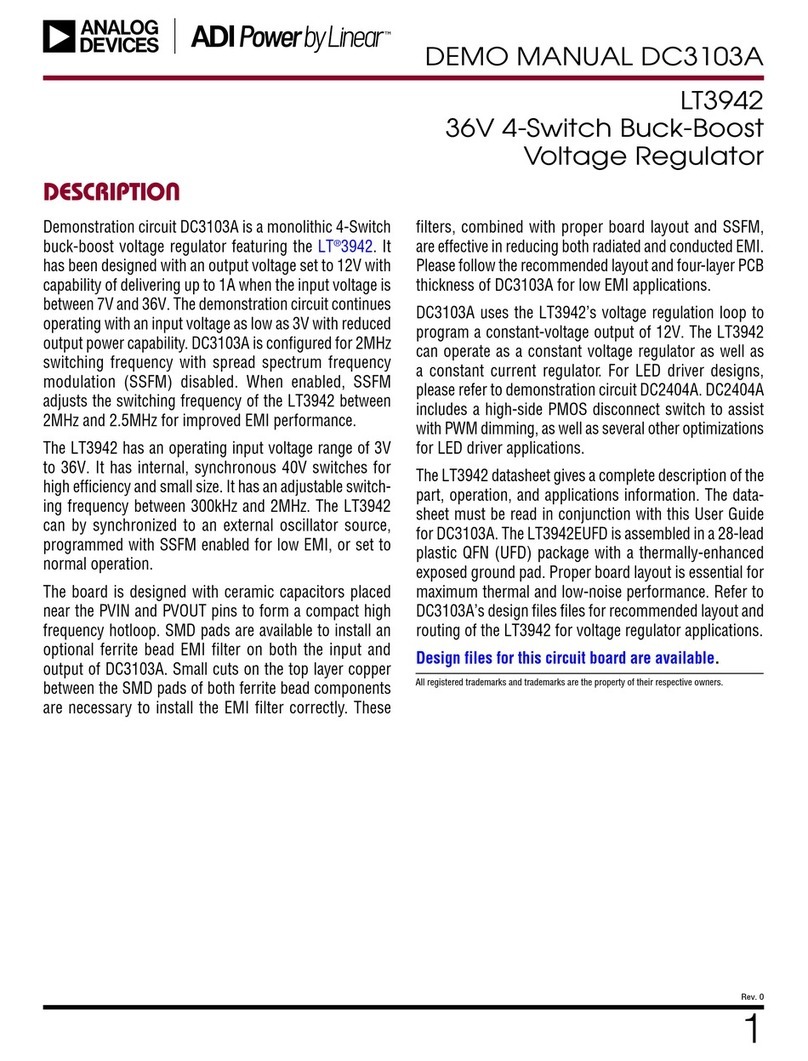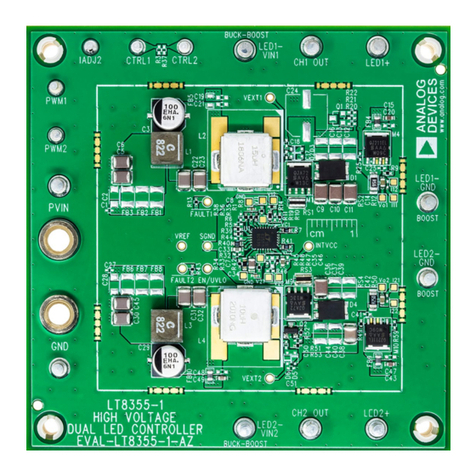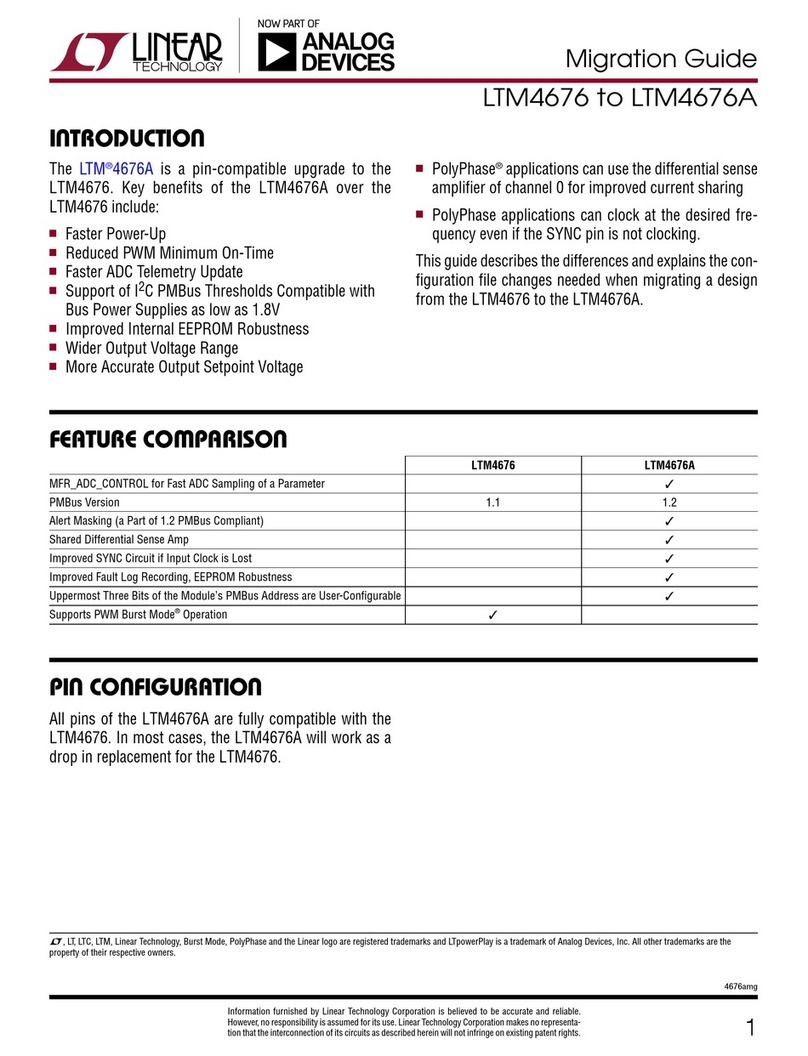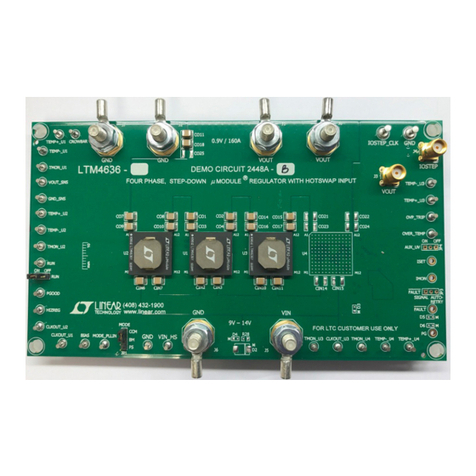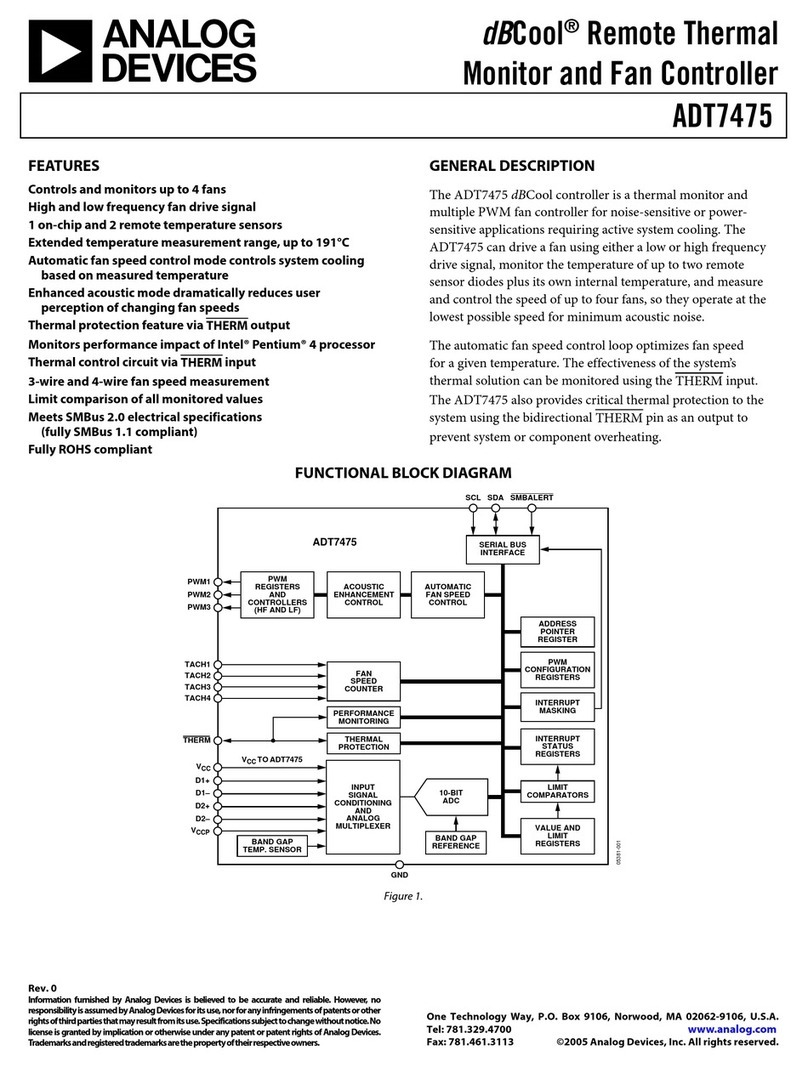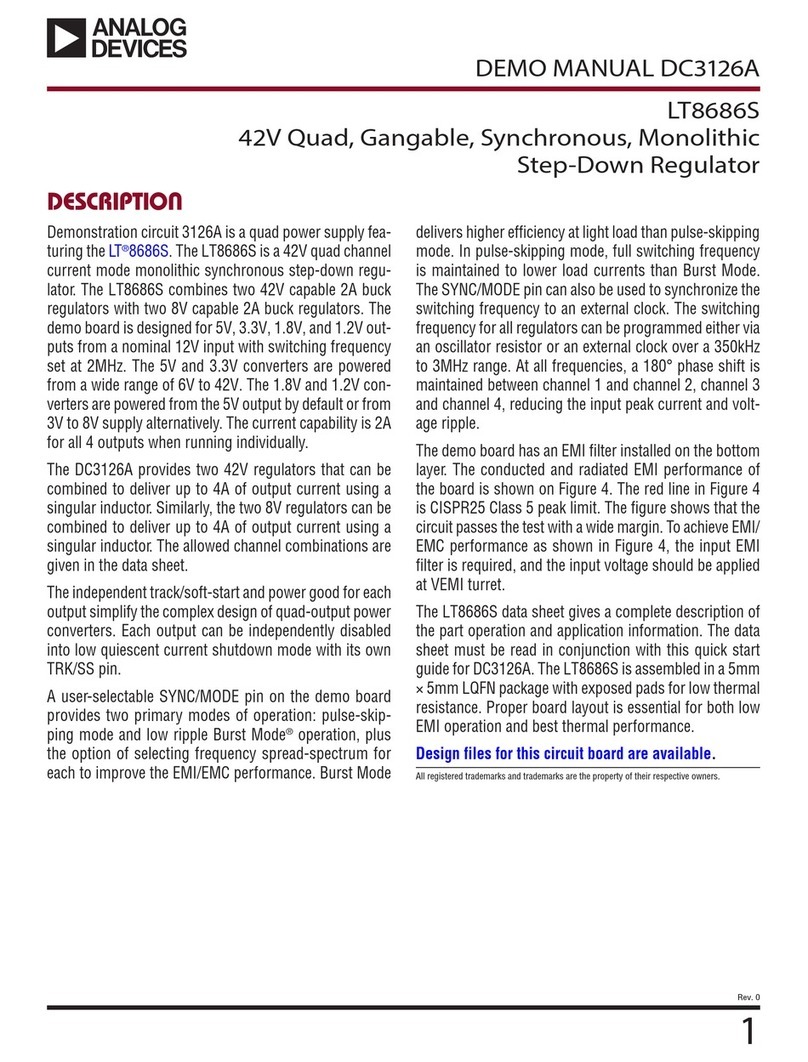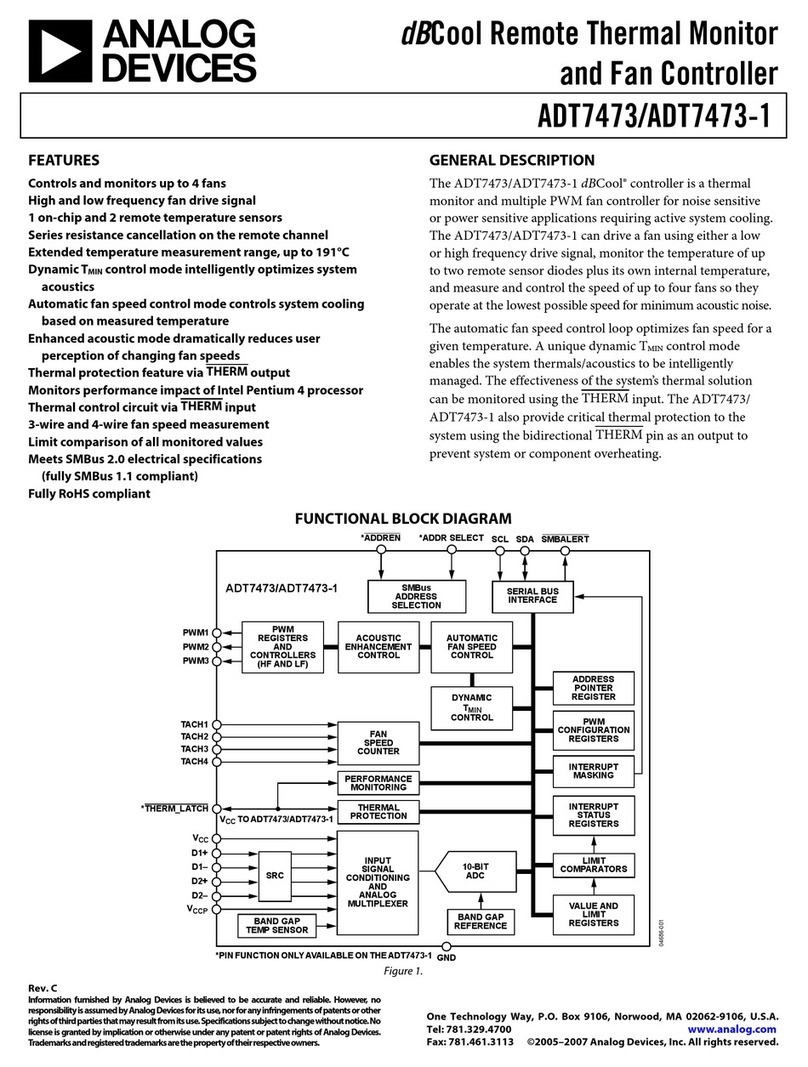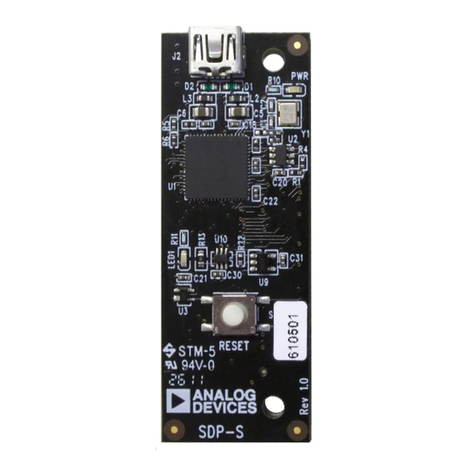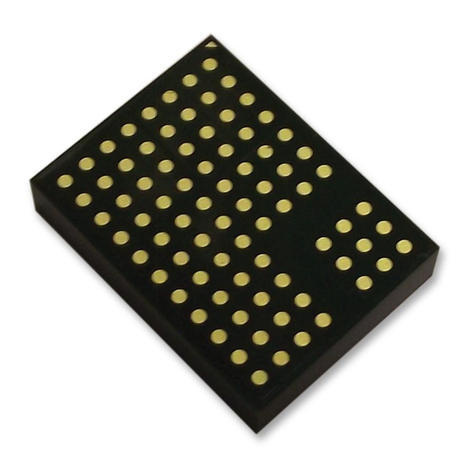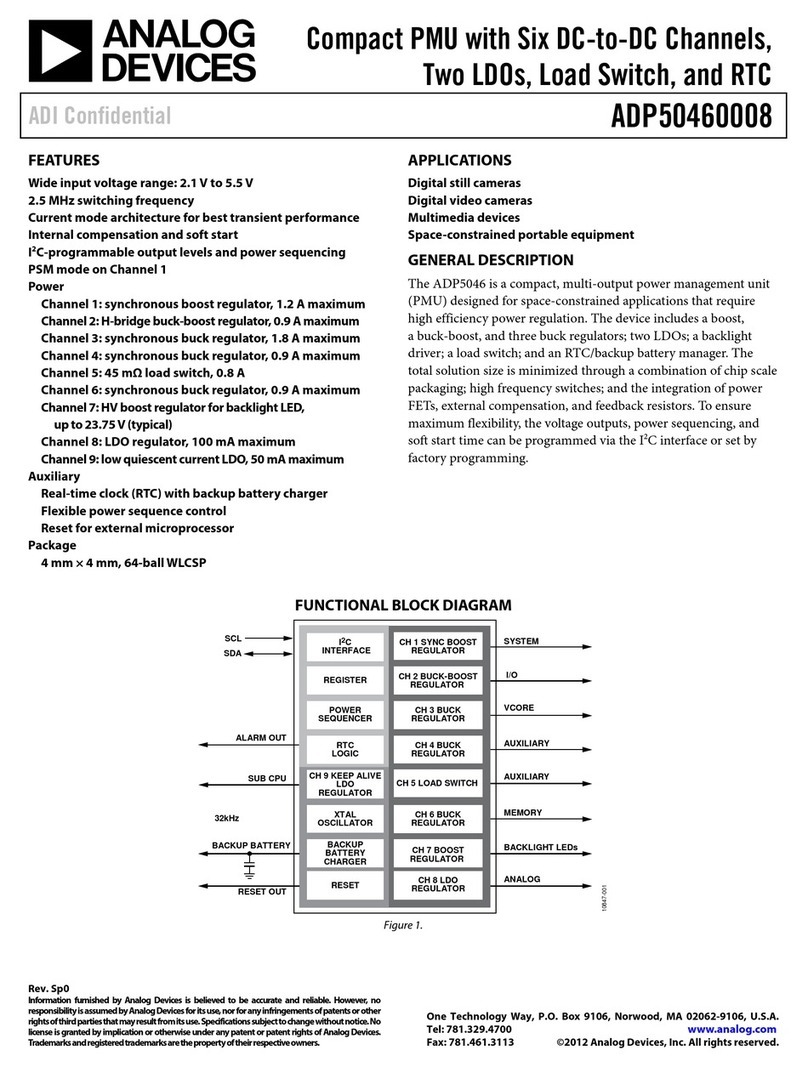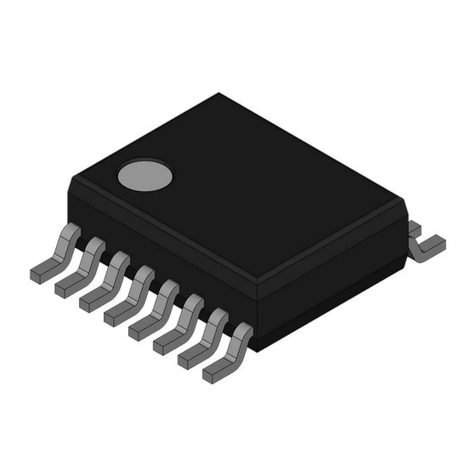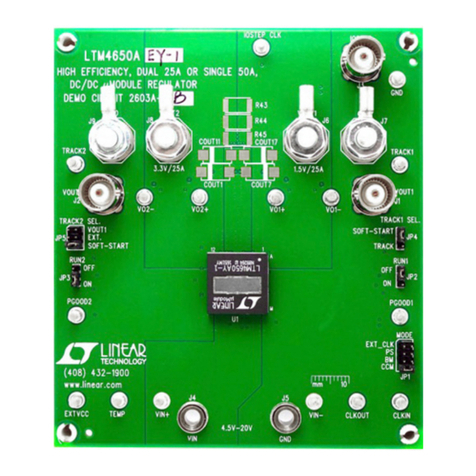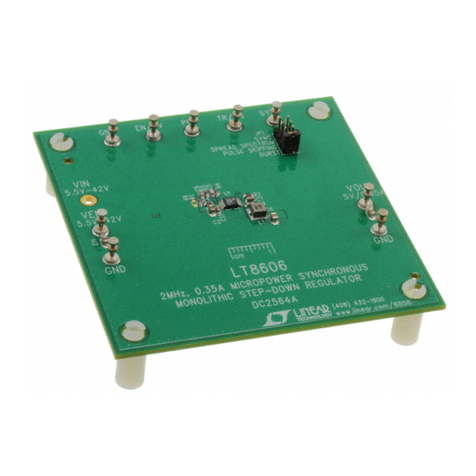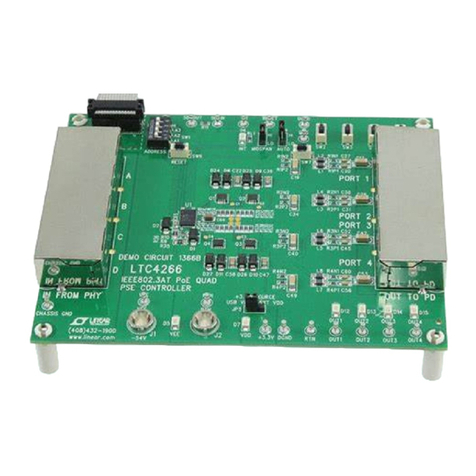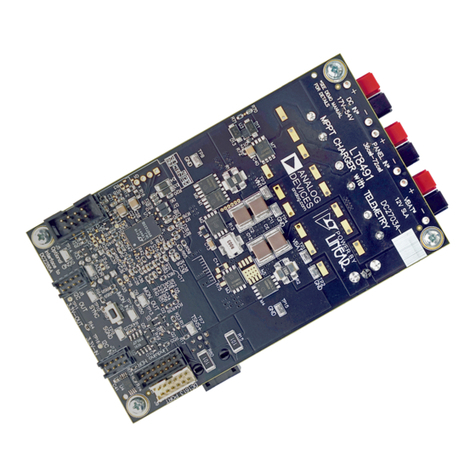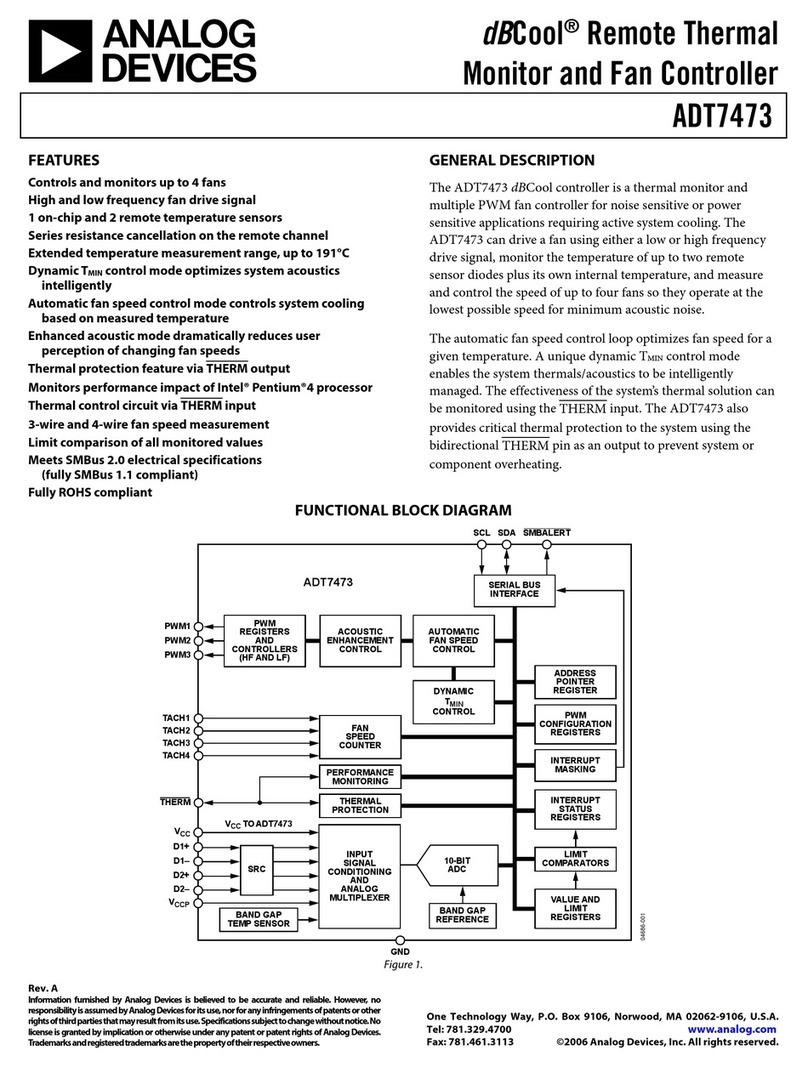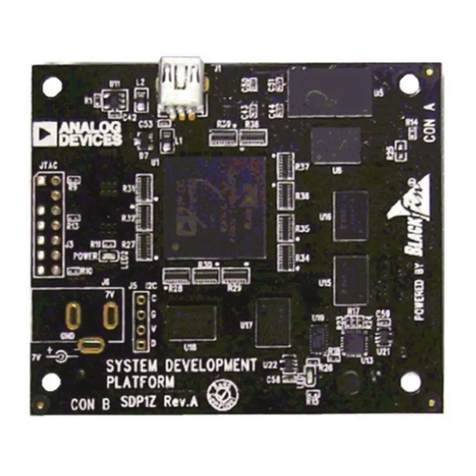
Application Note AN-877
Rev. B | Page 3 of 20
SPI PORT PINS
The following sections described the SPIport pins.
Caution: Refer to specific analog-to-digital converter (ADC)
data sheets to determine the nominal and absolutemaximum
logic voltages.
SERIAL CLOCK (SCLK)
The SCLK pin is the serial shift clock in pin. This pin is
implemented with a Schmitt trigger, to minimize sensitivity to
noise on the clock line, and it is pulled low by a nominal 50 kΩ
resistor to ground. This pin may stalleither high or low.
SCLK is used to synchronize serialinterfacereadsand writes.
Input data is registered on the rising edge of this clock and
output data transmissions are registeredonthe fallingedge.
Unless otherwise specified,the maximumclockspeed of the
ADC SPI port is 25 MHz. See the specific product data sheet for
more information pertaining to SPI speeds supportedfor a
particular device. The typical hold time (tDH) is 0 ns, and a
minimum setup time (tDS)of 5 ns is required betweenSCLK
and SDIO.(See the specific device datasheet to determine the
exact interface timing requirements.) To optimize internal and
external timing, the bus is capable of turning aroundthe state of
the SDIO line in half anSCLKcycle. This means that, after the
address information is passed to the converter requesting a
read, the SDIO line is transitioned froman input to an output
within one half of a clock cycle. This ensures thatby the time
the falling edge of the next clockcycle occurs, data canbe safely
placed on this serial line for the controller to read. If the external
controller is insufficiently fast to keep up with the ADC SPI
port, the external device canstall the clockline to add additional
time allowing for external timing issues.
SERIAL DATA INPUT/OUTPUT (SDIO)
The SDIO pin is a dual-purpose pin. The typical role for this pin
is as either an input or an output, depending on the instruction
being sent (read or write) and the relative position(instructionor
data phase)in the timing frame. During the first phase of a write
or a read, this pin functions as an input that passes information
to the internal state machine. If the command is determinedto
be a read command,thestatemachine changes this pin (SDIO)
to an output, which then passes databackto the controller. (See
tEN_ SDIO and tDIS_ SDIO in Tab le 1.) If the device includes an SDO pin
and the configurationregister is setto takeadvantage of it,theSDO
becomes active insteadof the SDIO pin changing to an output.
At all other times,theSDO pin remains in a high impedance state.
If the command isdetermined to be a write command,the
SDIO pin remains an input for the duration of the instruction.
CHIP SELECT BAR (CSB)
CSB is an active low control that gates the read and write cycles.
There are severalmodesinwhich the CSB canbe operated.For
situations where the controller has a chip select outputor other
means of selecting multiple devices,this pin canbe tied to the
CSB line. When this line is low, the device is selected and infor-
mation on the SCLK and SDIO lines is processed. If this pin is
high, the device ignores any information on the SCLK and
SDIO lines.In this manner, multiple devices canbe connected
to the SPI port. In cases where only one device is connected,the
CSB line can be optionally tied low and the device is perma-
nently enabled. (Tying the CSB line low excludes the possibility
ofresettingthe device if anerroroccurs onthe port.)The CSB
line canalso be tied high to enable secondaryfunction of the
SPI port. (See the Detection of SPIMode and Pin Mode section
for more details.) CSB is a high impedance line, pulled high by a
nominal 50 kΩ resistor.
CSB maystall high,that is, remain high for multiple clock cycles
(see Figure 5) in some configurations to allow for additional
external timing.If three or fewer words (not countinginstruction
information)are being transmitted throughthe interface at a
time, CSB may stallhigh between bytes, including the bytes of
the instruction information. If CSB stalls high in the middle of a
byte, the state machineis reset and the controllerreturns to the
idle state, awaiting the transmission of a new instruction. This
mechanism allows restoration after a fault has been detected. To
detect thereset, at least oneandnomore than sevenserialclocks
must occur. Once the state machine has entered the idle state,
the next falling edge of the CSB initiatesa new transmission
cycle.
Some devices implement secondaryfunctions with the SPIpins.
Typically, these functions include outputdata format, duty cycle
stabilizer, or other common features. These pin functions are
enabled by the CSB pin. If the CSB pin is tied high, the SPI
functions are placed ina high impedance mode. In this mode,
secondary functions are then turned on, allowing control of
featureson-chip,without requiring the SPIto operate. These
featuresvaryby device. Therefore, the individualdevice data
sheet must be consulted to determine if this featureis supported
and what it controls.
For applications tobe controlledbythe SPIport, thesecondary
function takes priority until the device has beenaccessedbythe SPI
port. By extension, any activityon theSCLK,SDIO, and SDO(if
provided) is interpreted as a secondary function until the chip has
beenaccessed by the SPIport. Therefore, the chip needs to be
initialized as soon after power up as practical. (See the Detection of
SPI Mode and Pin Mode section for more details.)
